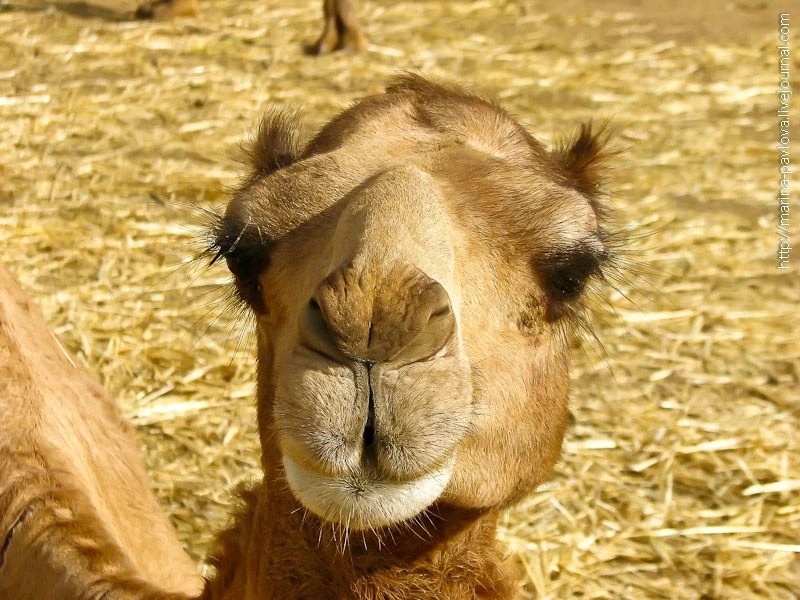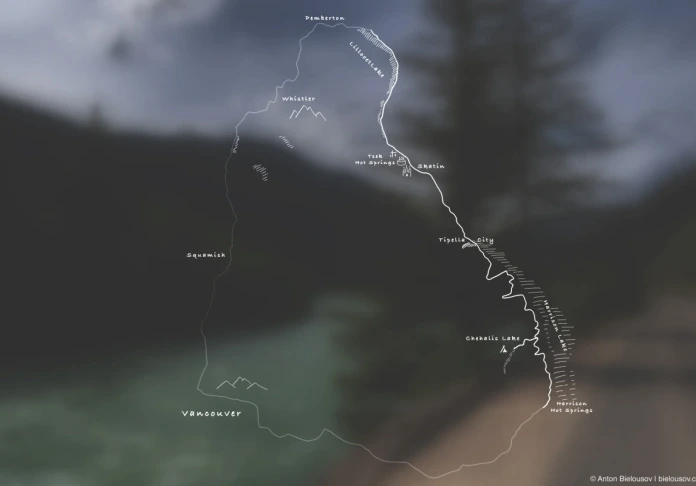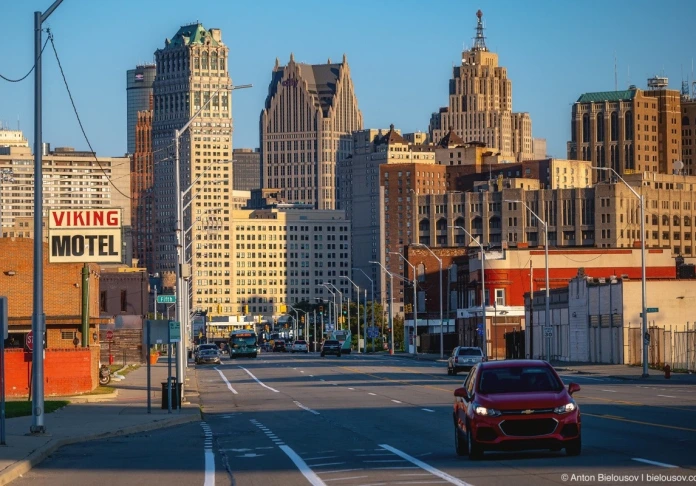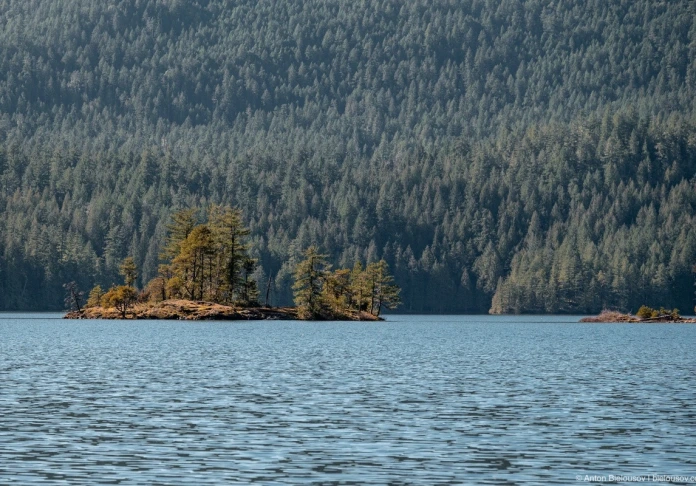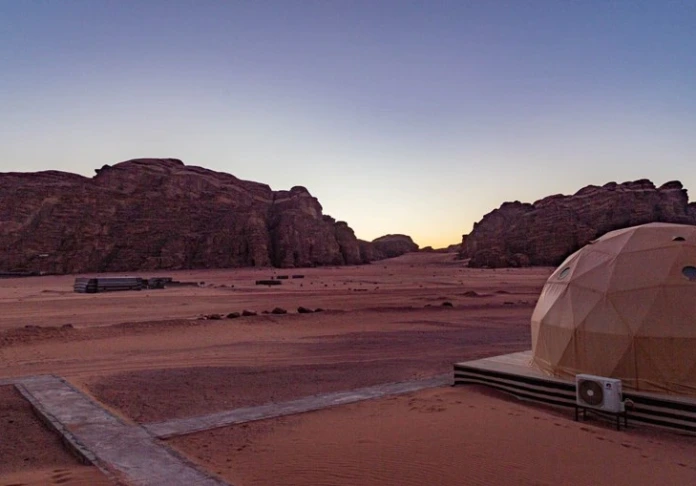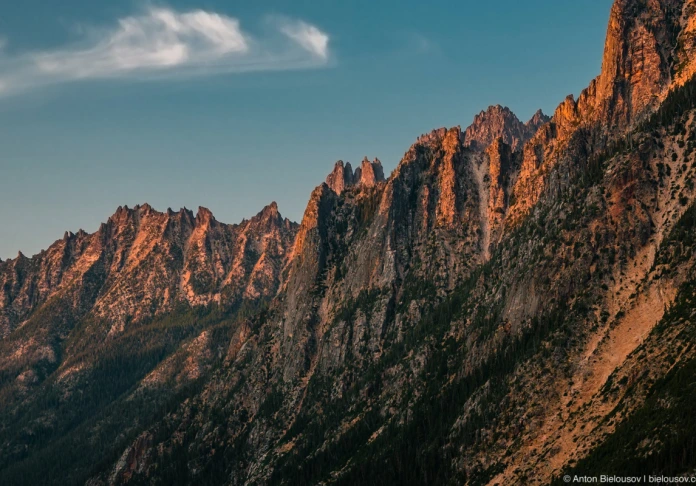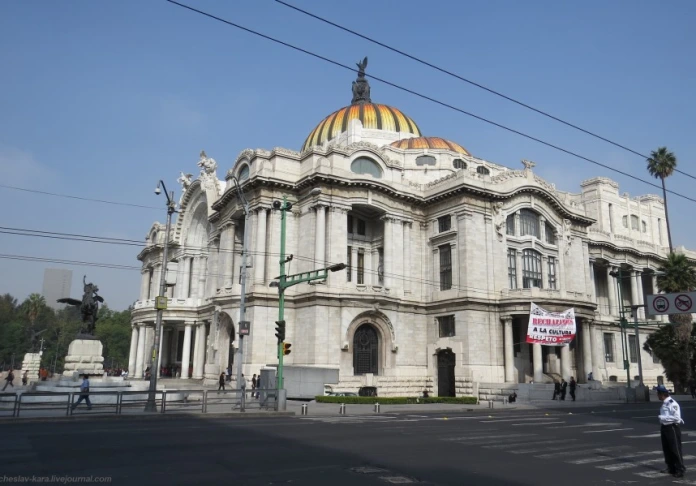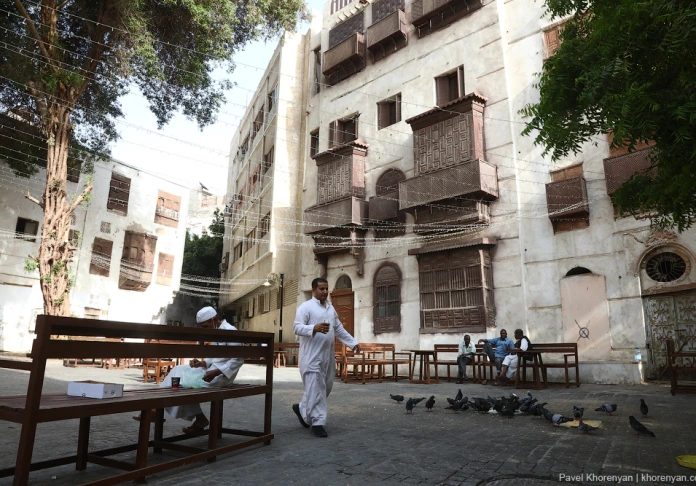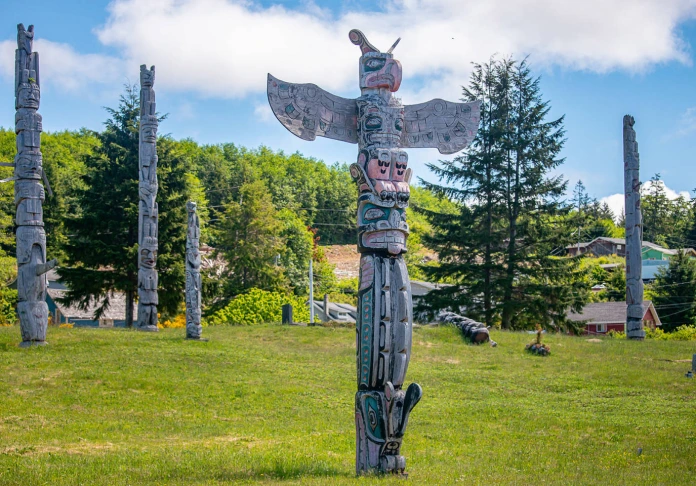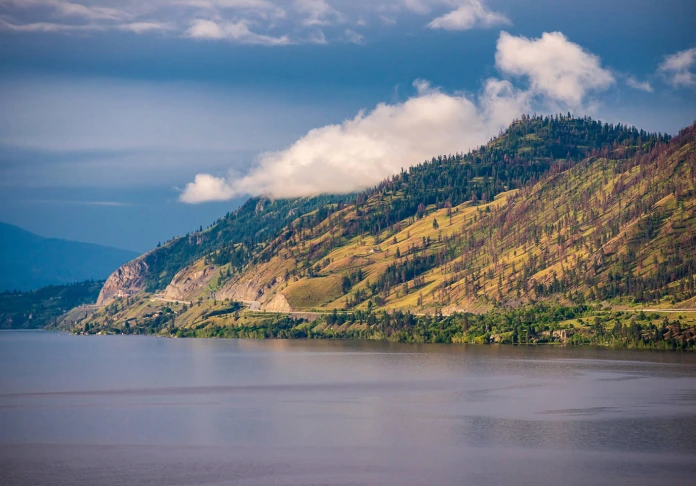Birkash. On the largest camel market in North Africa
Birkash - a small village on the edge of the Sahara desert, where there is the largest camel market in the whole of North Africa. Here sell camel Imported from Sudan, Ethiopia, from all over Egypt, and sometimes from more distant countries, such as Somalia. Birkash - is the noise, din, roar of camels, the cries of vendors, unsinkable ships of the desert and a string of indescribable characteristic smell ... For a moment, it seems that life here stopped somewhere deep in the Middle Ages and modernity in the form of cars and cell phones only brought a few accurate and final touch, giving the picture a finished look. Very distinctive place.
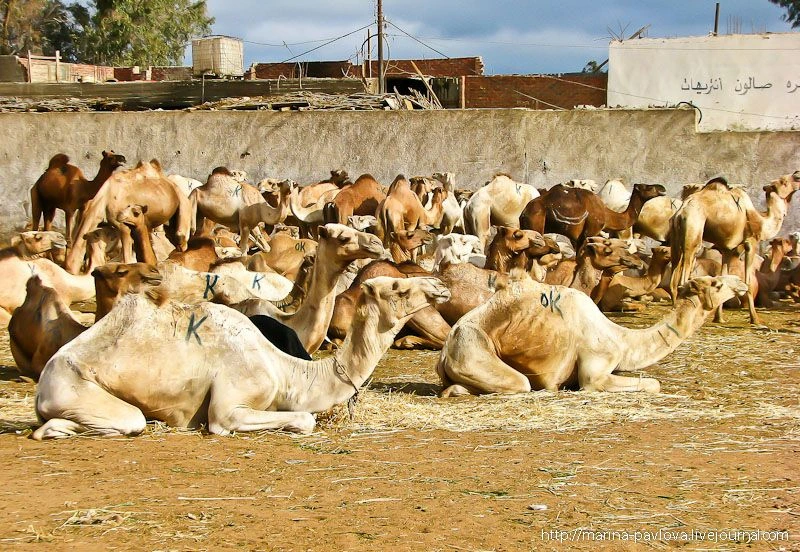
Birkash camel market is somewhere in the 40-minute drive from Cairo. The last 15 minutes have to go on an unforgettable Egyptian road, involuntarily recalling the native open spaces and rich expression of the beautiful Russian language. It was quite at the entrance to the market about the roads somehow forgotten: the window start flickering corpses of camels, and the closer to the market - the more of them. Seeing my confusion in the mirror, the driver says thoughtfully: "And this is also part of our culture ..." Of course, he's right.
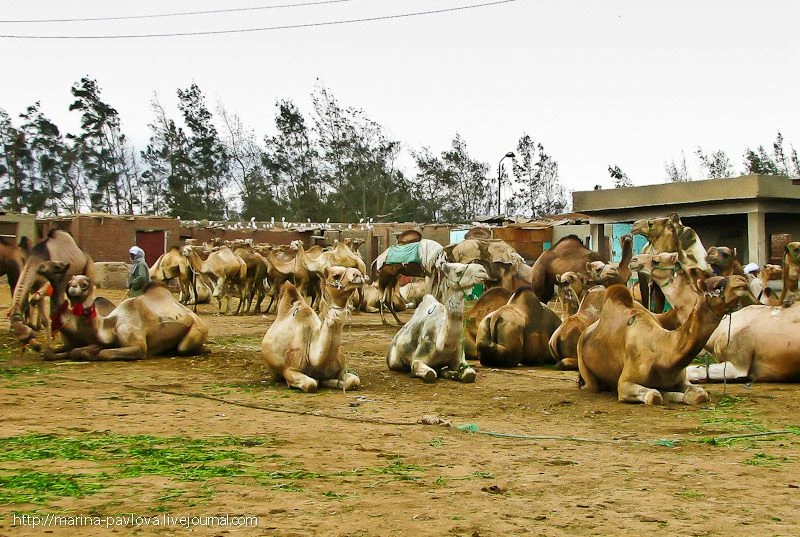
Birkash - is a relatively large area of land, surrounded by a low fence. Pens at the market there is little, but those are rare, that is, the pens I get called very conditional. Any system in the arrangement of the camels, probably there, but the man from her is quite difficult to understand. It seems that the entire territory - a huge camel chaos.
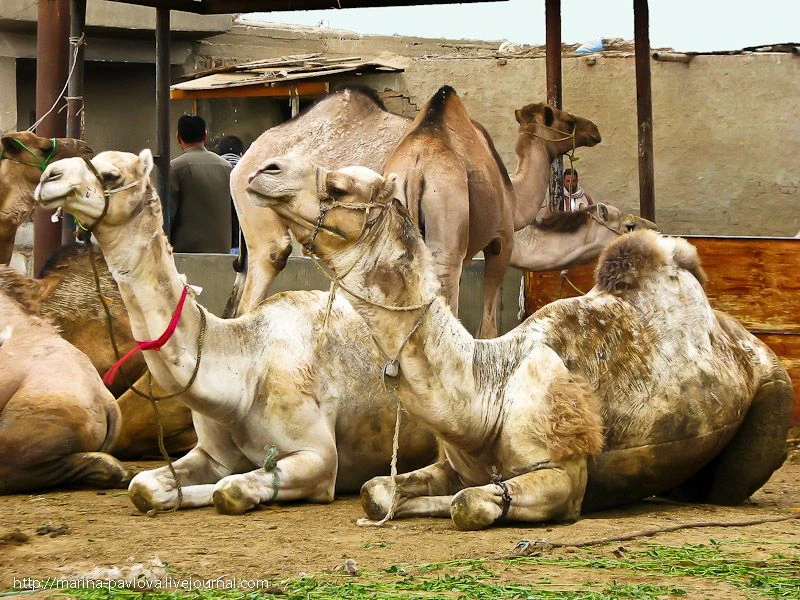
The bulk of camels imported from Sudan here: they are caravan across the desert, and is closer to the big cities linked, immersed in the car and delivered to the market.
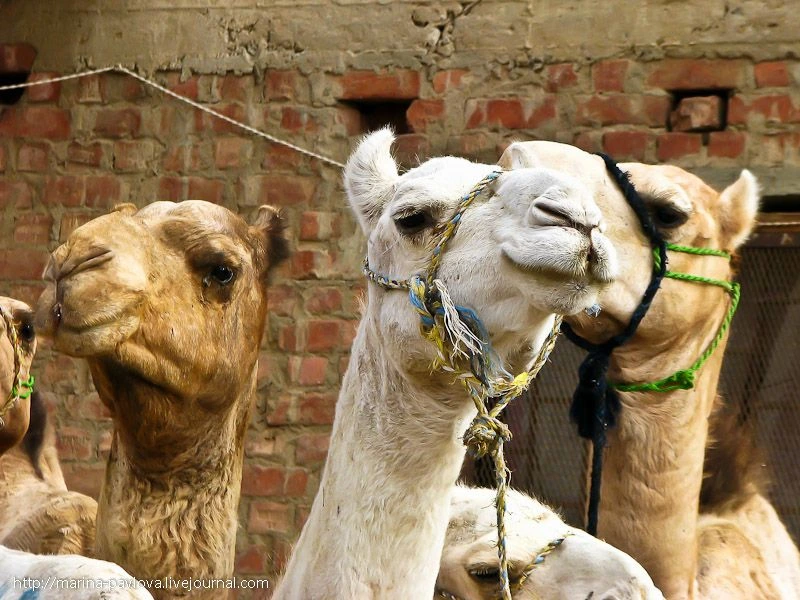
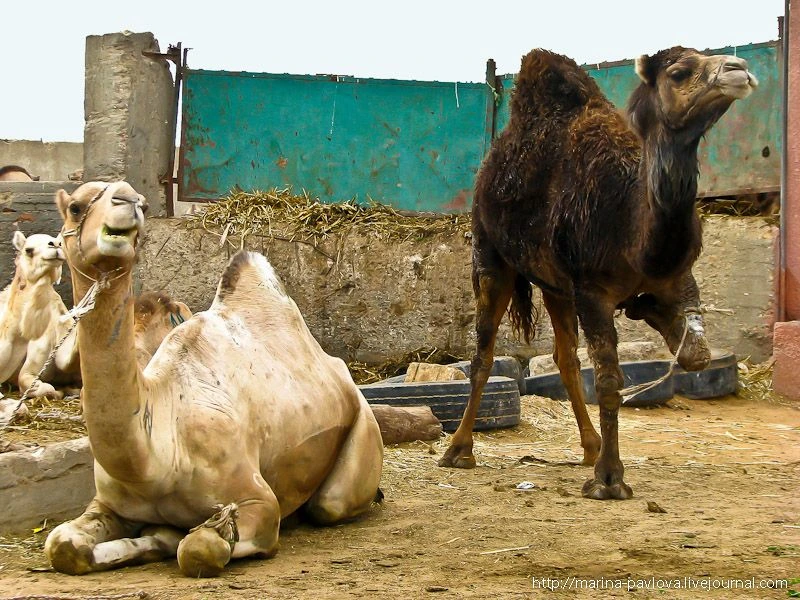
At first approach close to the camels a few scary: it seems that one of them is about, yes spit:
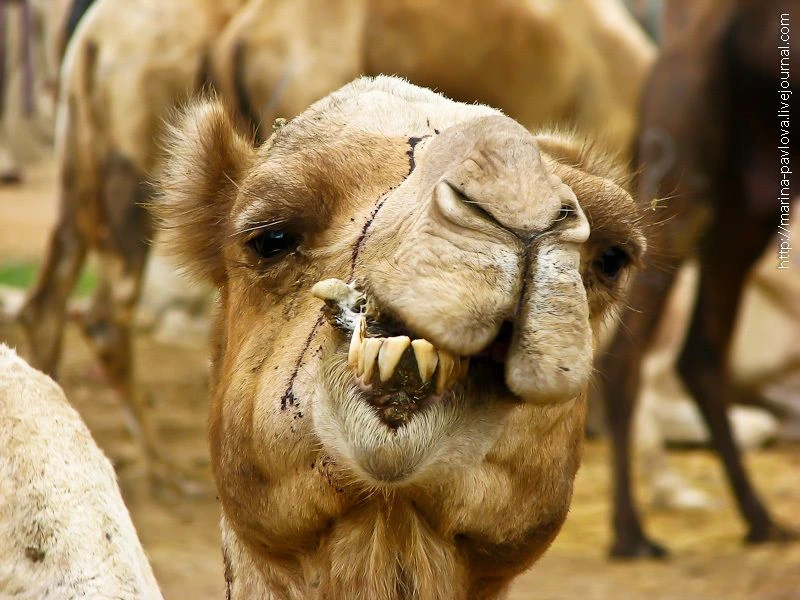
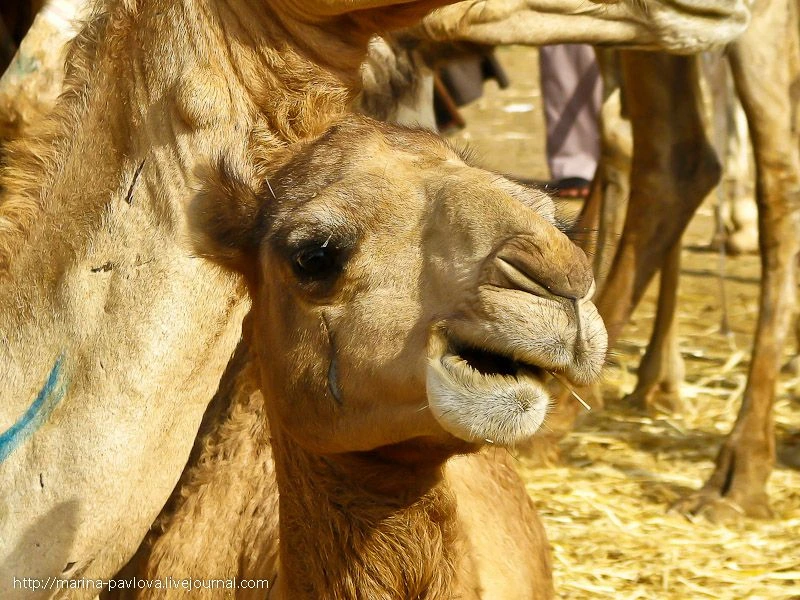
All the camels on the market are labeled with special blue labels: It refers to the owner, sometimes there is a label with some additional information about the country is not the outcome of a camel, not something about some of its features.
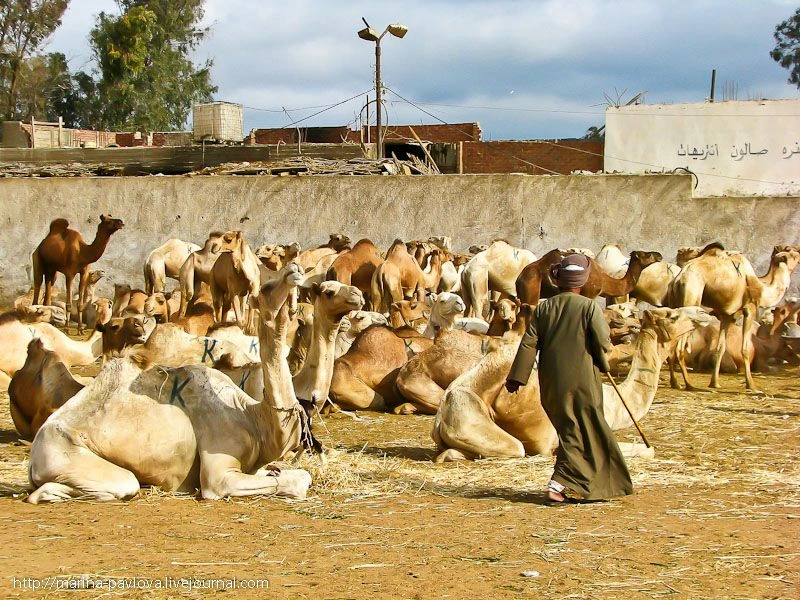
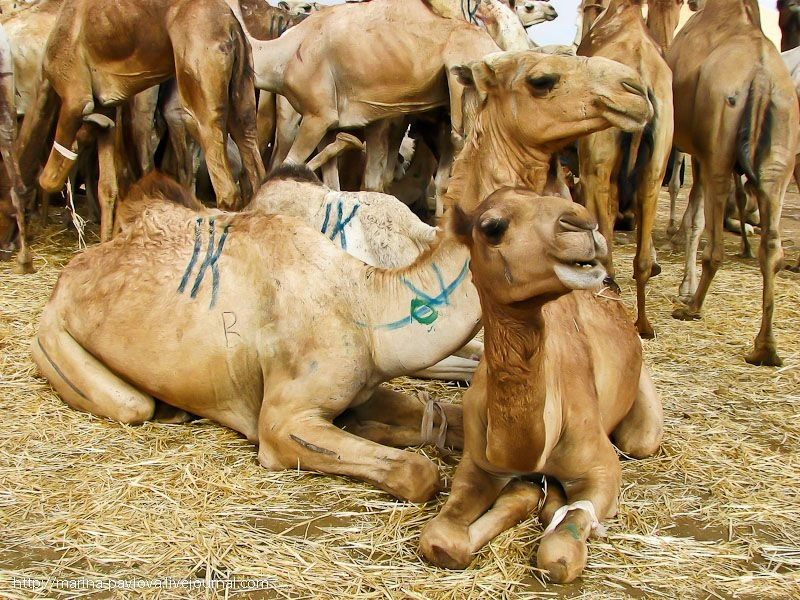
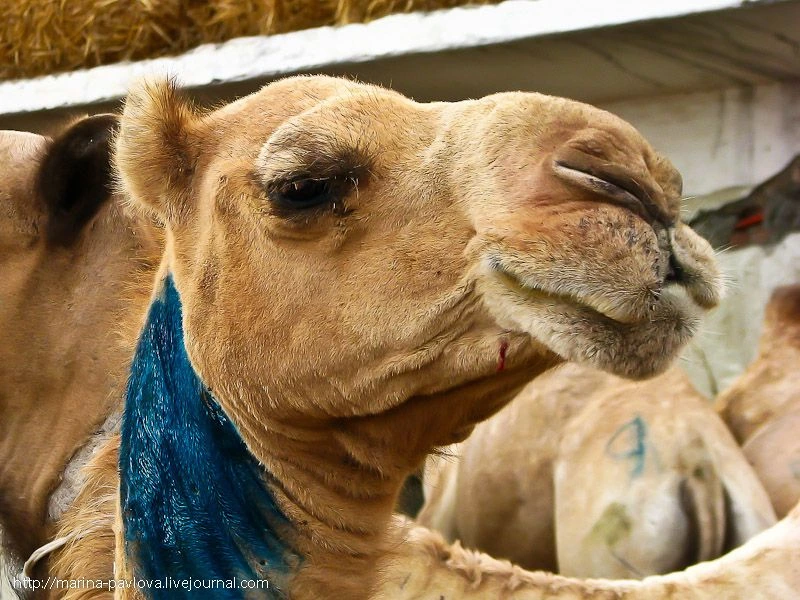
All camels necessarily linked to one front paw. Obviously, doing so in order that the animal can not escape, and indeed that is not very sought to move. Camels are slaves and a source of good income, so treat them accordingly.
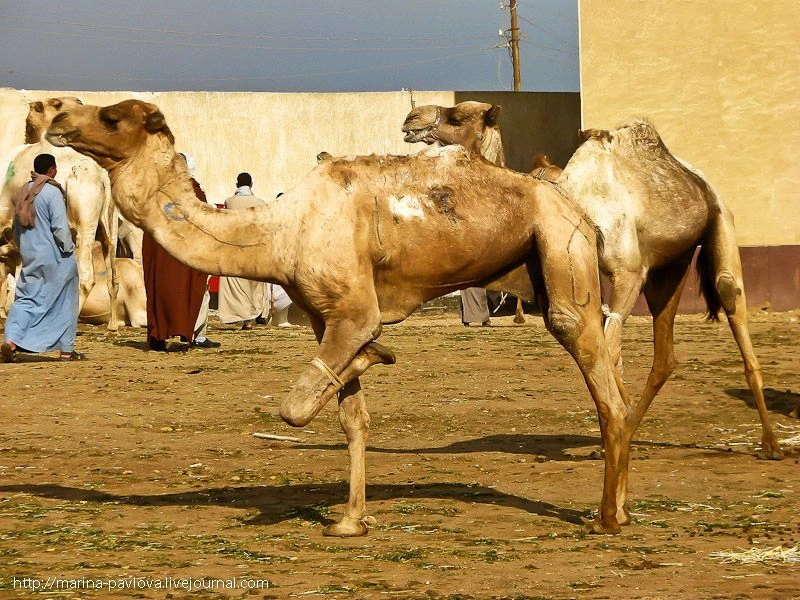
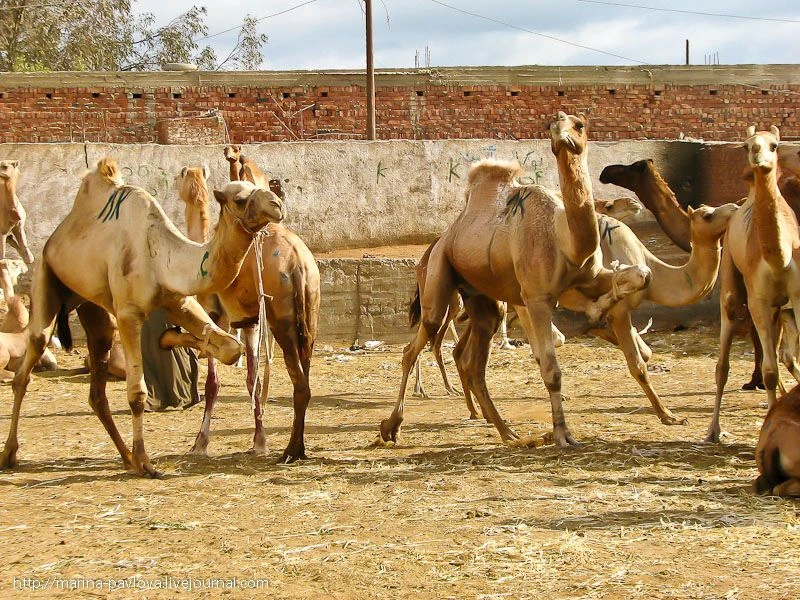
Move on three legs camels difficult, so their movements are more like jumping.
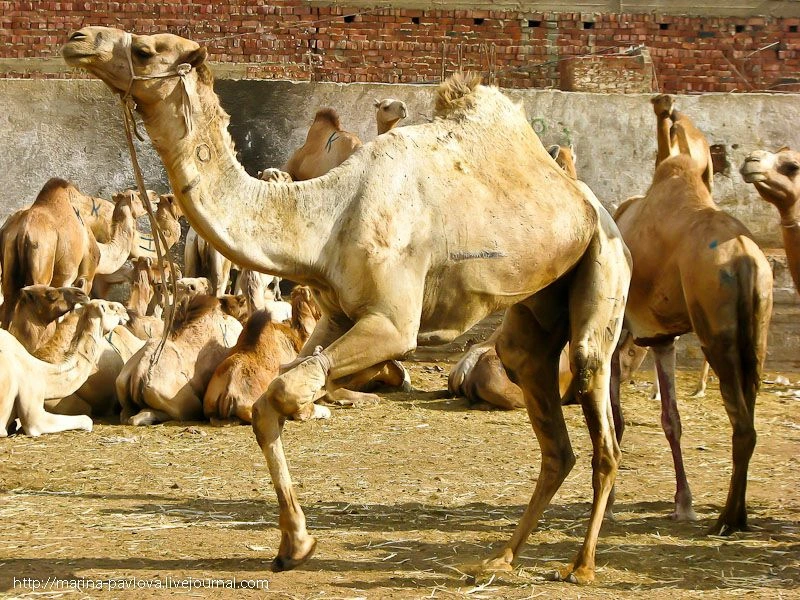
Sometimes to some camel manages to get rid of the bandage and he tries to escape, then it immediately violently bludgeoned and then connect one, and sometimes just two legs.
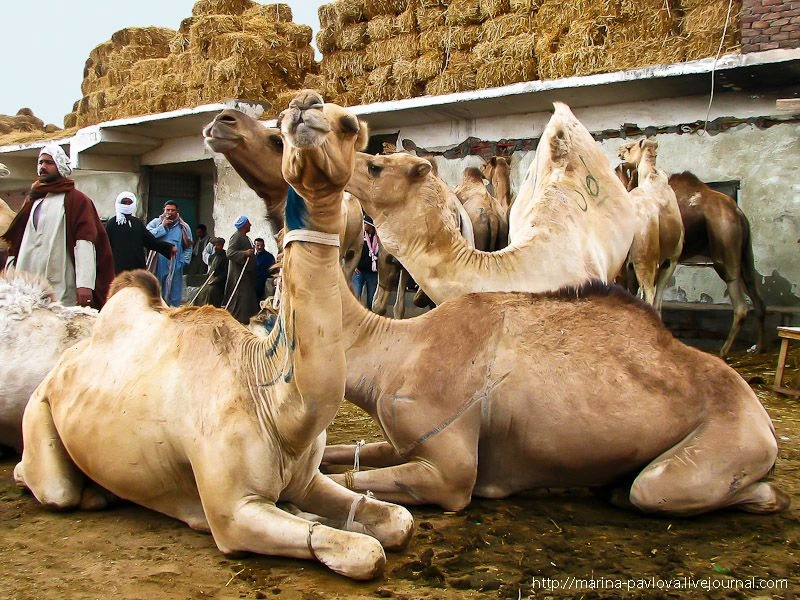
Buying camel traditionally begins with an assessment of his health: camel examine all sides, check the feet, teeth, eyes:
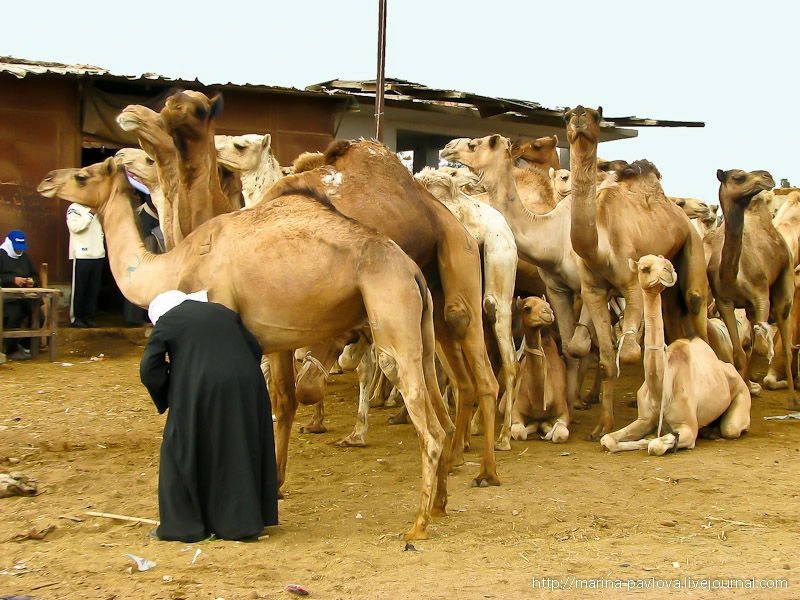
When the bidding starts, camel untied both legs. To estimate the cost of a camel, test its strength, health and ability to work a crowd of traders began to beat the animal with sticks. The better response to blows, the higher the price.
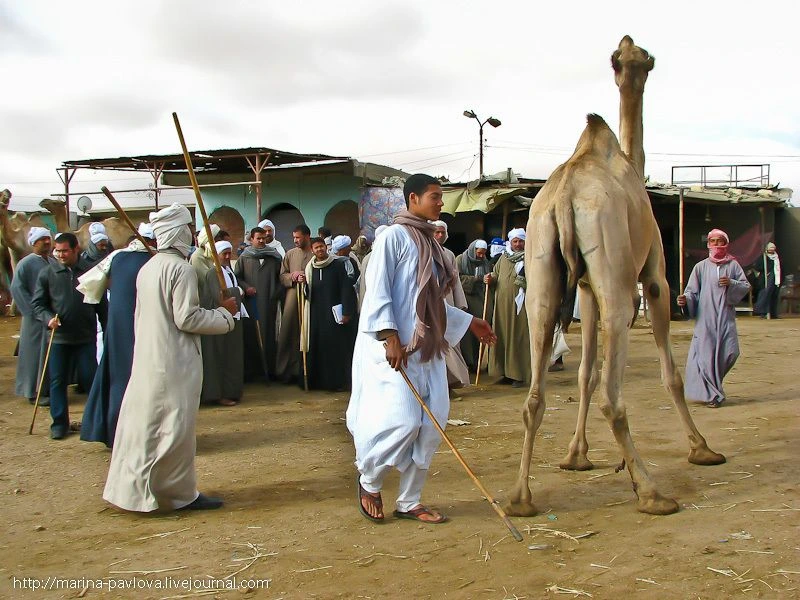
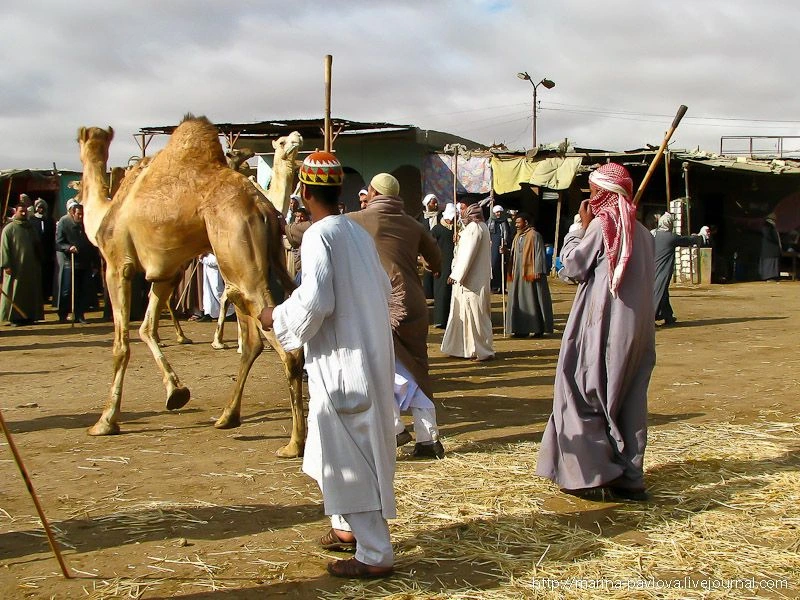
Evaluation of bids and are accompanied by a huge noise, shouting and roaring camels:
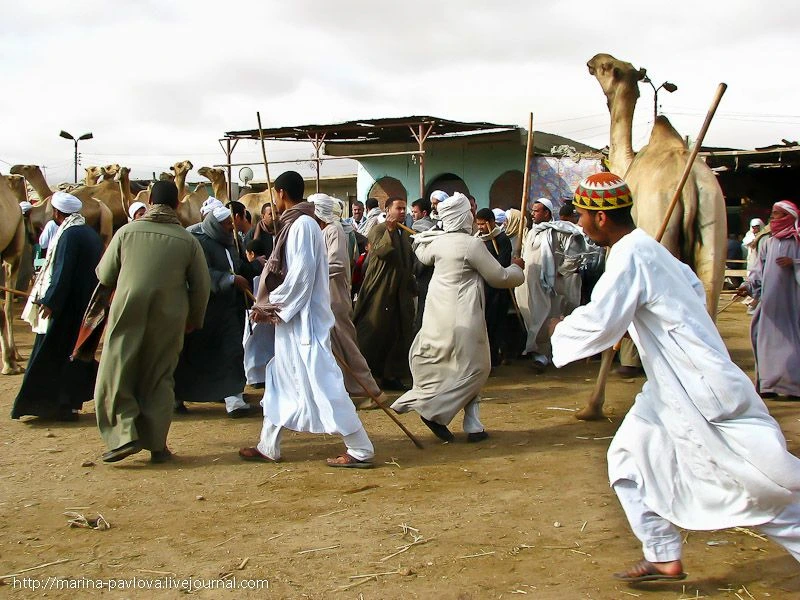
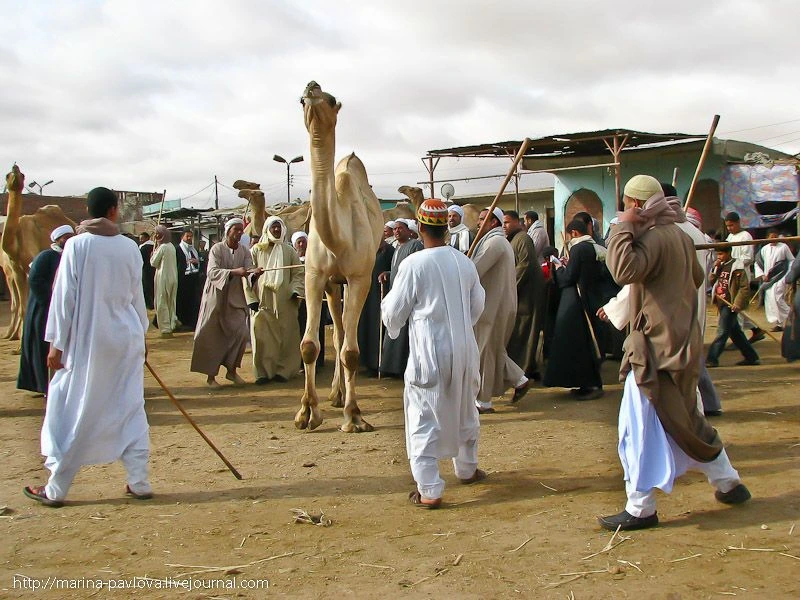
The starting price for the five-year average three-year-camel is usually in the region of five hundred dollars and can grow up to a thousand or fifteen hundred. Traditionally, the most sought after Egyptian camels, but the Sudanese sometimes go to the "cheers".

Bought a camel immediately bind and gone to the door:
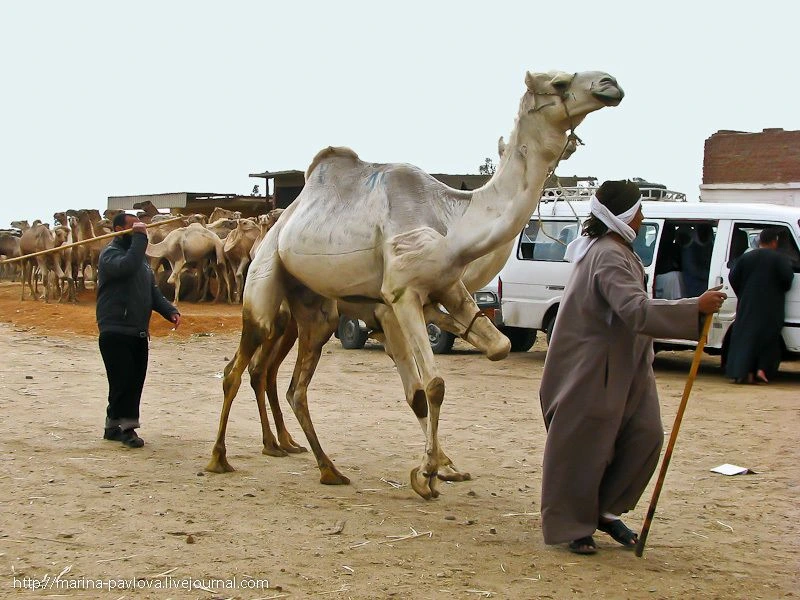
With the market being taken away on camels machines:
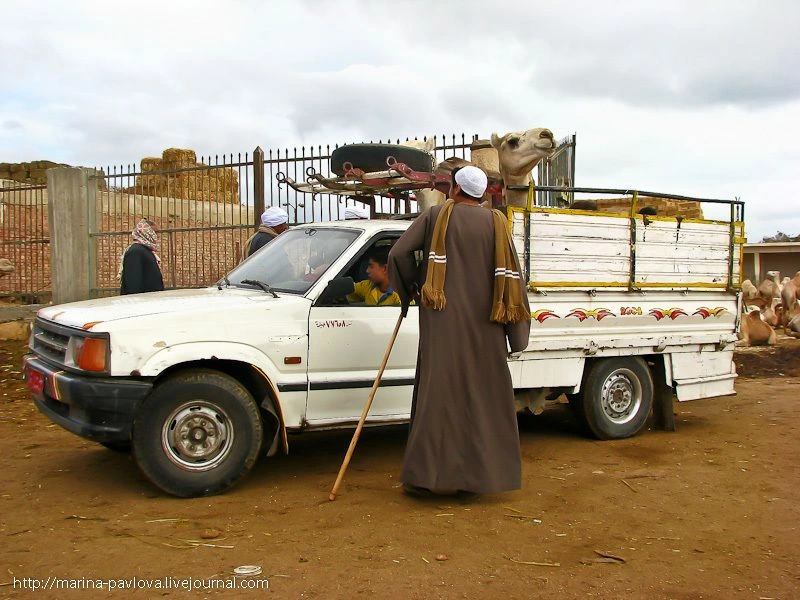
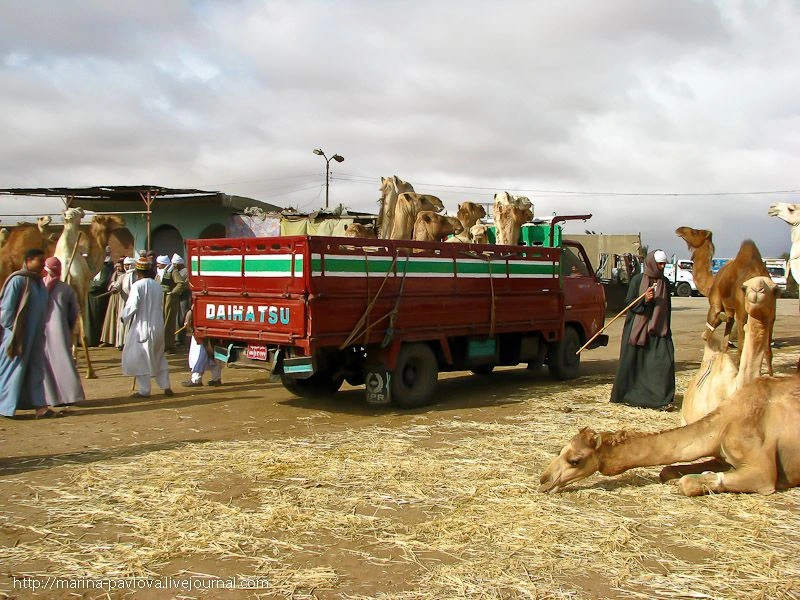
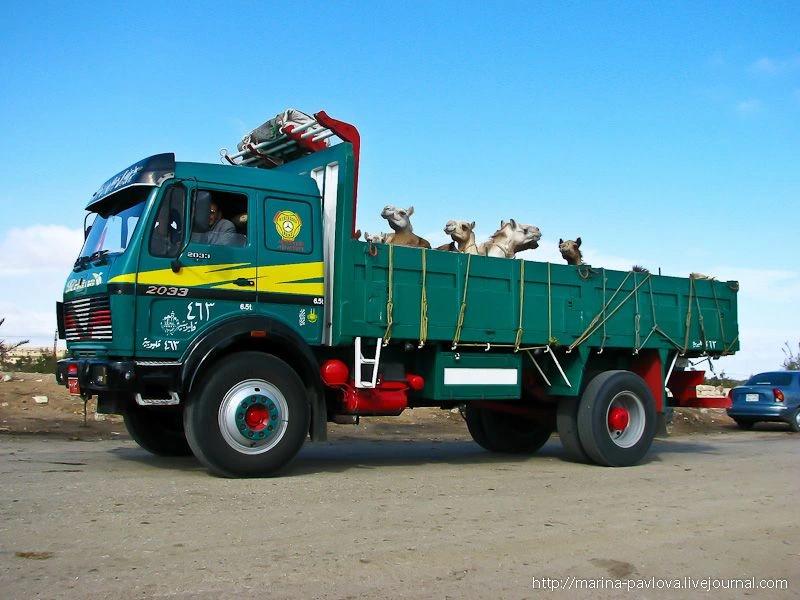
Amongst the camels, interest in the market and are the people who sometimes even more picturesque than the beasts:
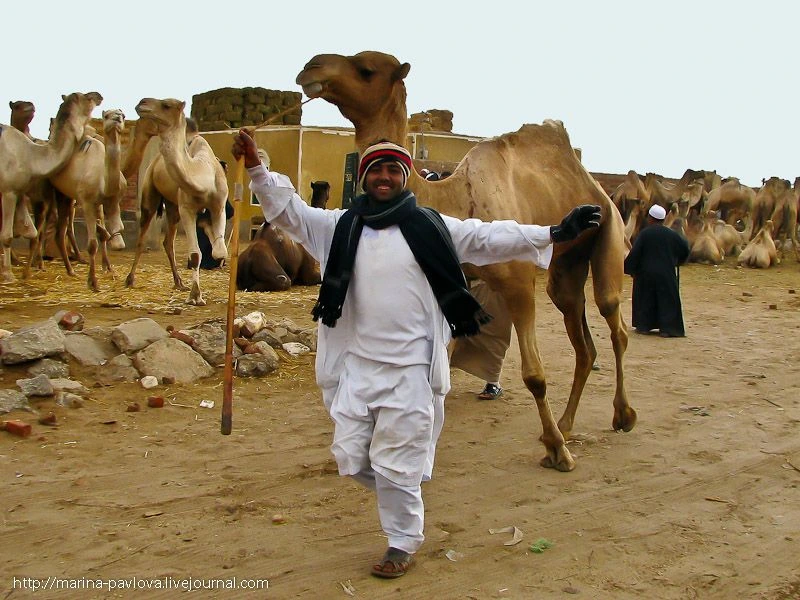
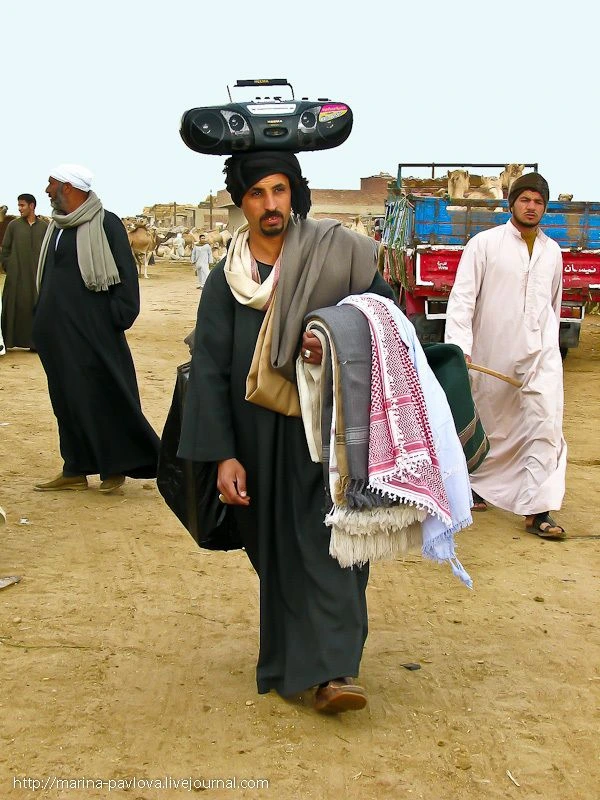
You look at a couple of the characters - and once it becomes clear how about life flows in a certain part of the Egyptian population:
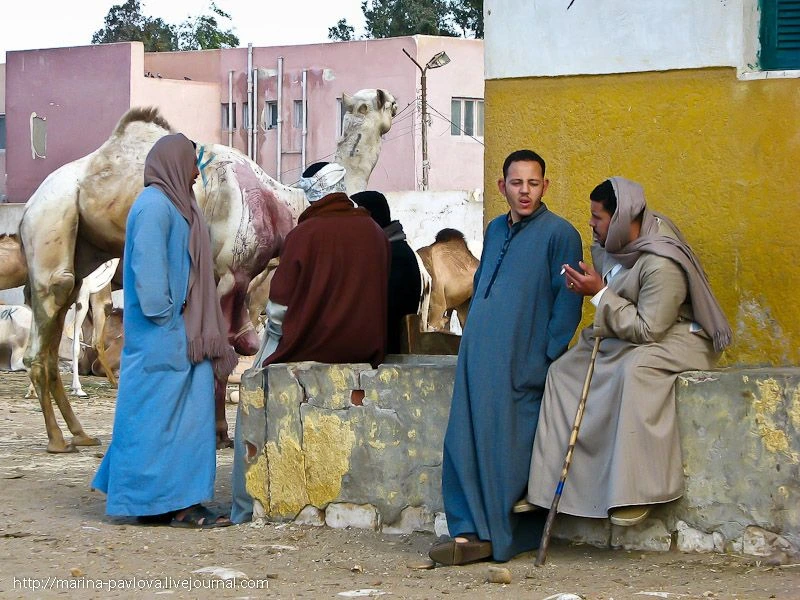
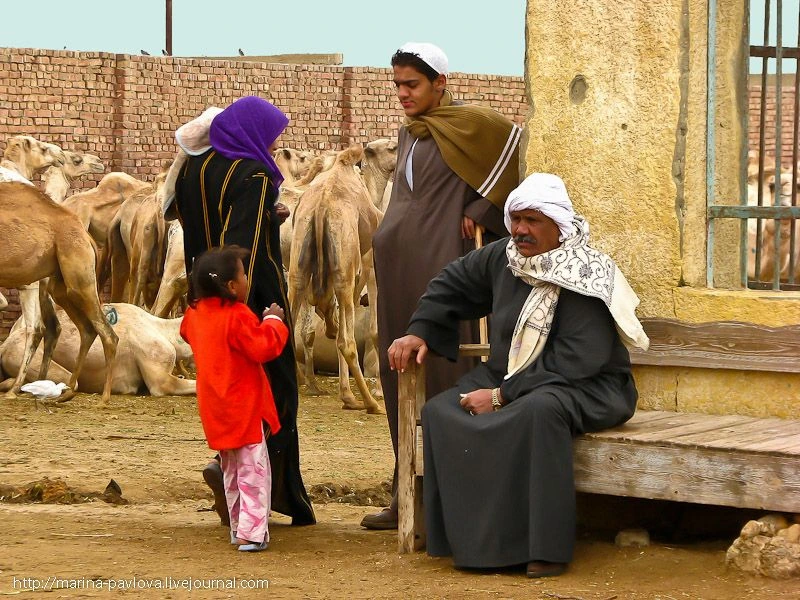
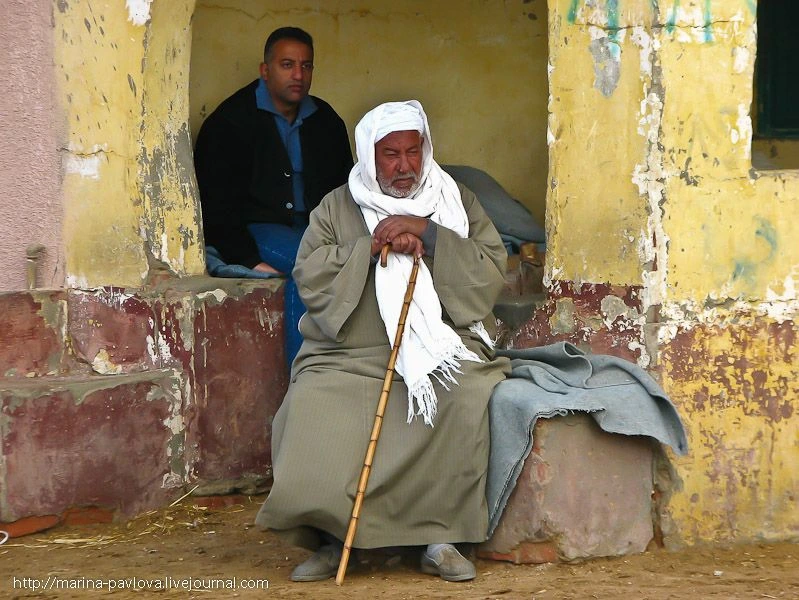
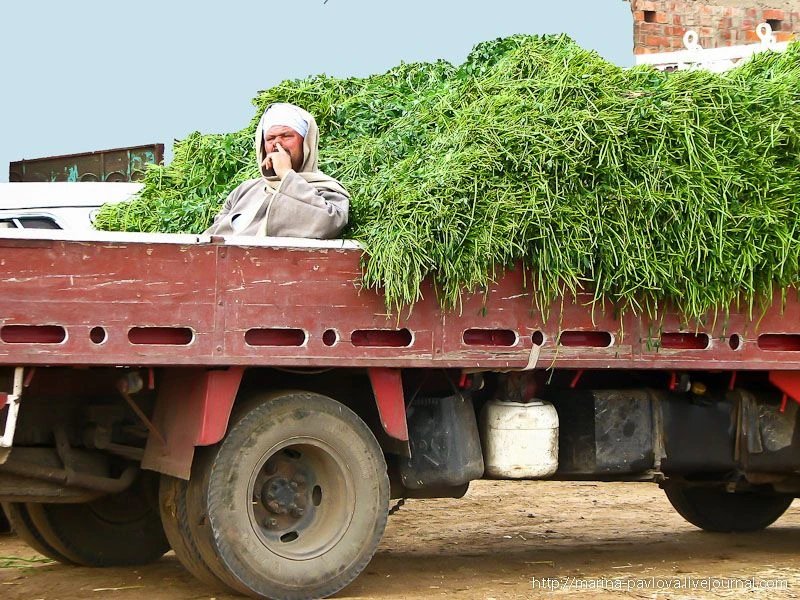
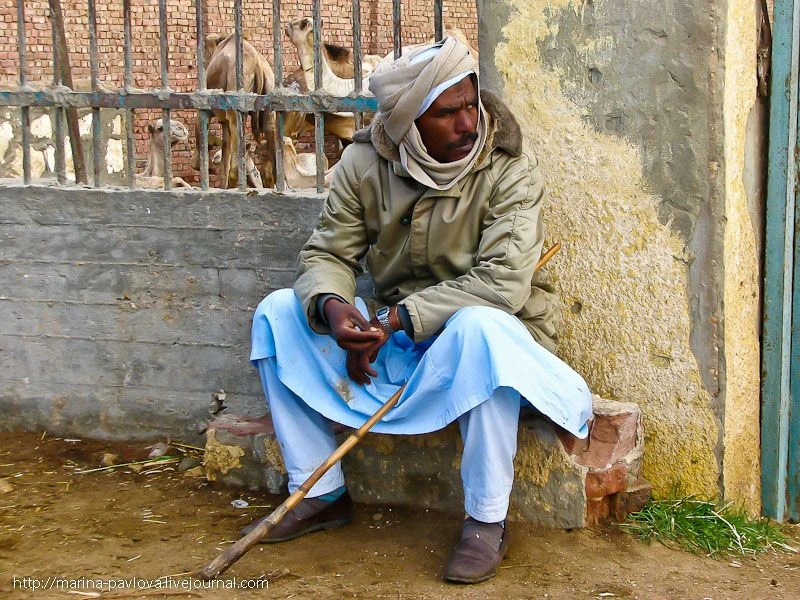
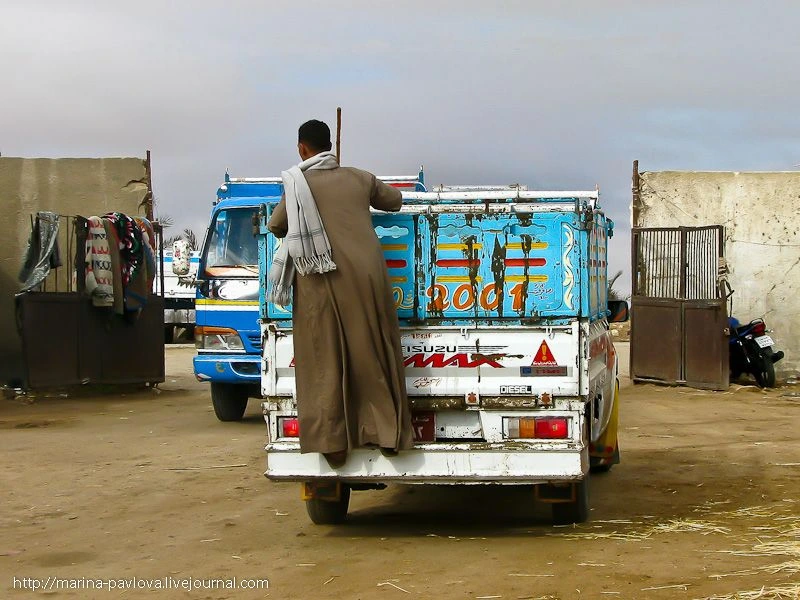
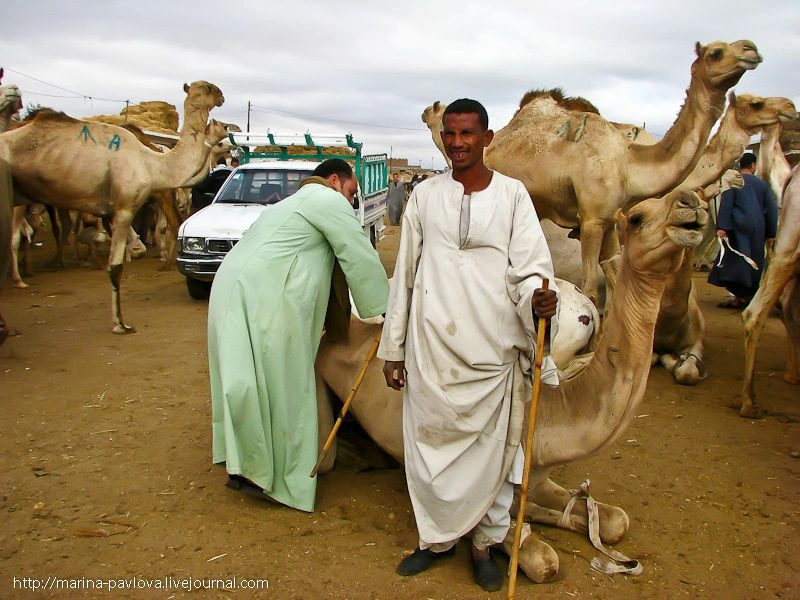
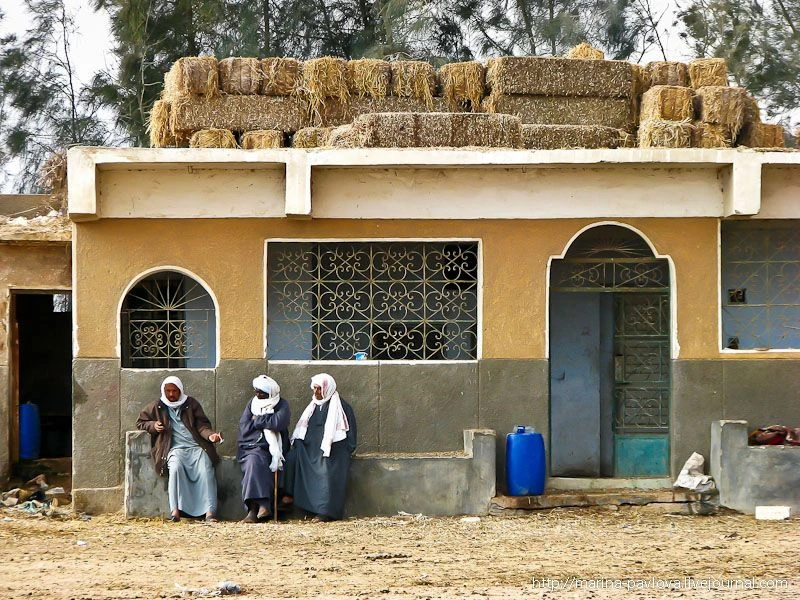
And while we are sitting at their computers and read frendlentu and "our ships travel through the Bolshoi Theatre," somewhere in the distant tropical countries, from day to day so that's boiling, unlike our with you life.
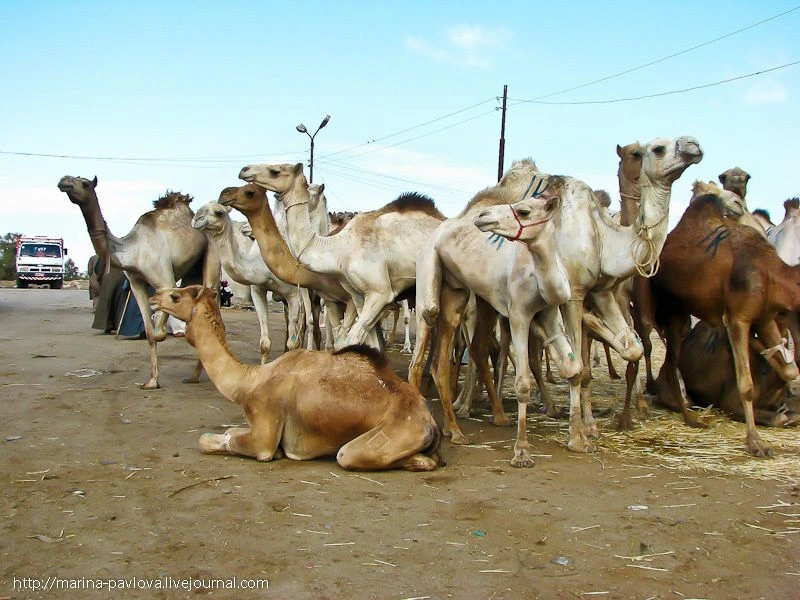
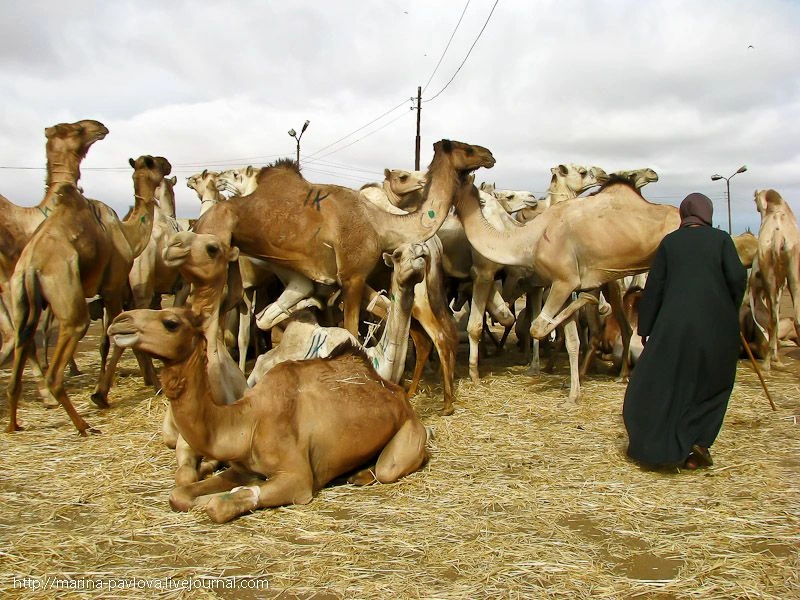
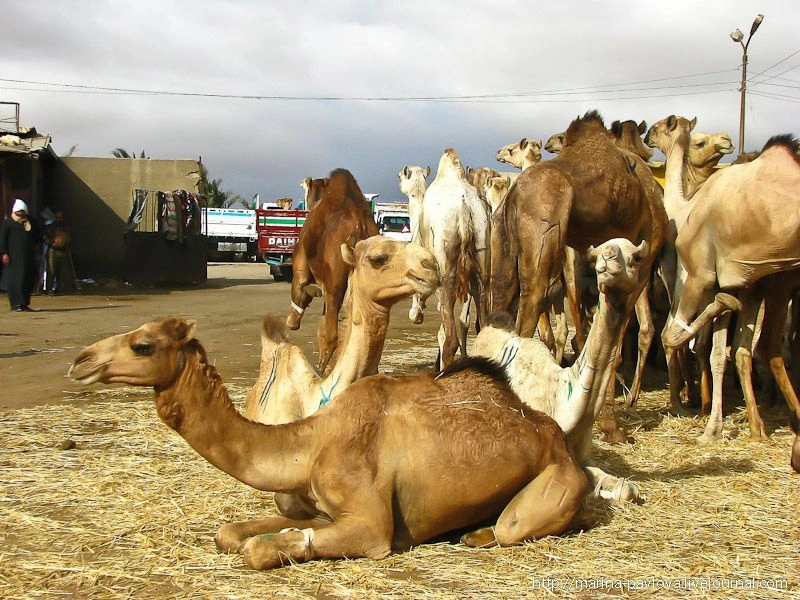
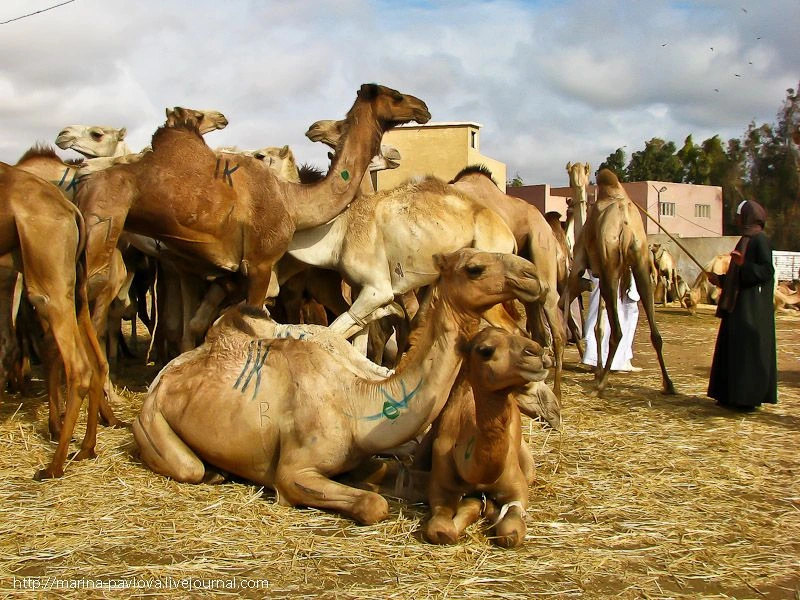
Do not want to buy himself a camel? ..
